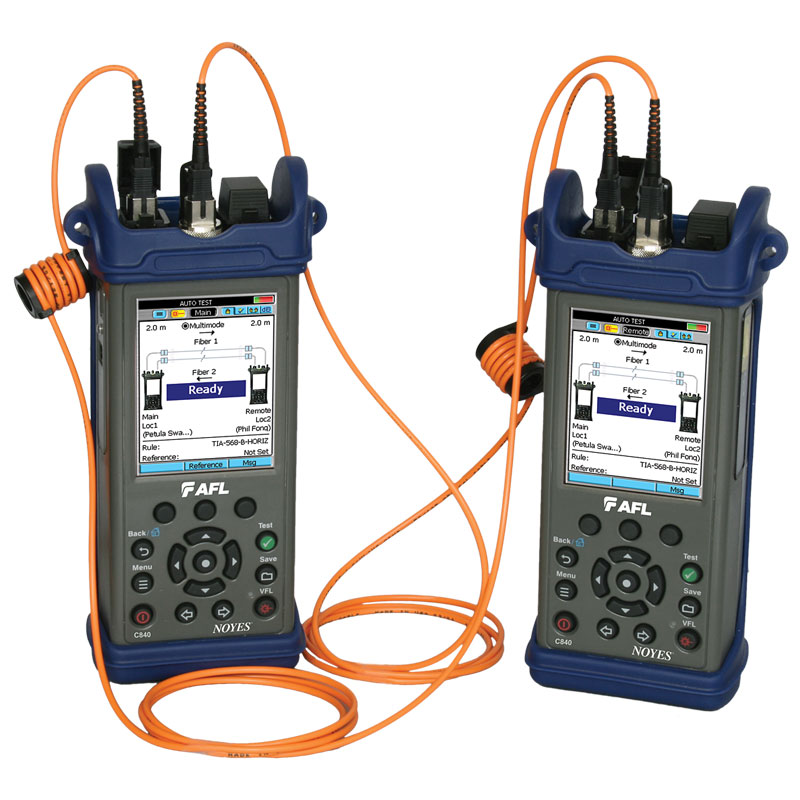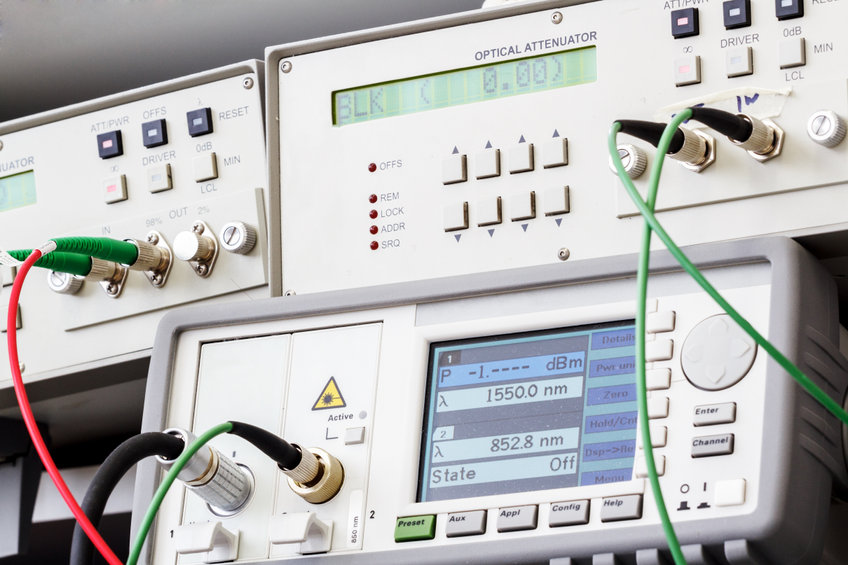Robotic vision is crucial for automating manufacturing and quality control.
Robotic vision is crucial for automating manufacturing and quality control.
Blog Article
Unveiling the Secret Use Optical Fibre Examining for Effective Information Transmission
In the realm of modern-day communication, optical fiber screening arises as an essential practice for enhancing information transmission. By employing approaches such as Optical Time Domain Reflectometry (OTDR) and insertion loss evaluations, network operators can efficiently determine and resolve concerns that might jeopardize signal integrity. As the need for faster and a lot more dependable connections continues to climb, the implications of these screening strategies expand beyond immediate fault detection, influencing long-term network efficiency. Comprehending the complex applications of optical fiber screening invites a deeper exploration into its crucial role fit the future of information interaction.

Relevance of Optical Fiber Testing
The significance of optical fibre testing can not be overemphasized, as it serves as a crucial element in making sure the dependability and performance of information transmission systems. In a period where high-speed communication is extremely important, any kind of deficiencies in fiber optics can lead to significant data loss and decreased performance. Extensive screening protocols are necessary to verify the integrity and efficiency of optical cables.
Testing enables for the recognition of issues such as micro-bends, macrobends, and splice losses that might prevent signal quality. In addition, it offers understandings into the general attenuation and data transfer capacities of the fibre, guaranteeing that the network meets specific functional requirements. Routine testing not only boosts system efficiency but additionally lengthens the life-span of the facilities by identifying prospective problems prior to they intensify into costly failures.

Sorts Of Optical Fiber Examinations
Various sorts of optical fiber examinations are conducted to make certain the performance and dependability of fiber optic networks. These examinations can be classified into a number of vital kinds, each serving a particular purpose in analyzing the honesty of the fibre.
First, Optical Time Domain Reflectometry (OTDR) is a popular test that determines mistakes, mates, and connectors within the fibre. By sending out pulses of light and analyzing the mirrored signals, professionals can pinpoint concerns along the fiber's length.
Second, insertion loss tests evaluate the amount of signal loss when light passes via ports or splices, which is critical for keeping network effectiveness.
Third, return loss tests measure the amount of light showed back in the direction of the source, providing insights right into the quality of links and potential sources of interference.
In addition, continuity examinations ensure that the fibre path is full, allowing specialists to verify that the fiber is intact with no breaks. look here robotic vision.
Last but not least, visual mistake locators make use of visible light to recognize breaks or extreme bends in the see post fibre, helping in quick troubleshooting. Collectively, these tests create a thorough method to maintaining ideal efficiency in fiber optic networks.

Applications in Network Maintenance
In modern-day telecoms, efficient network maintenance counts greatly on optical fibre screening to determine and correct problems promptly. Regular screening ensures that the network runs at optimum performance levels, reducing downtime and enhancing user experience.
One of the main applications of optical fibre screening in maintenance is the detection of mistakes, such as breaks, bends, or improper connections. Techniques like Optical Time Domain Name Reflectometry (OTDR) enable specialists to situate these concerns properly and evaluate the quality of the fiber web link. Furthermore, loss testing validates the integrity of the optical course, making certain that signal depletion stays within appropriate restrictions.
Routine maintenance testing also assists in preventative procedures, recognizing possible problems prior to they intensify right into significant failings. This proactive technique can save organizations both time and financial sources. In addition, during upgrades or developments, optical fiber testing guarantees that brand-new installments integrate perfectly with existing framework.
Enhancing Information Transmission Integrity
Efficient network maintenance with optical fiber testing not just addresses immediate concerns but additionally plays a considerable function in improving information transmission reliability. go to my blog By recognizing faults, measuring signal loss, and examining the overall condition of fiber optic cords, screening ensures that potential issues are remedied before they intensify right into significant interruptions.
Regular optical fibre testing, such as time-domain reflectometry (TDR) and optical time-domain reflectometry (OTDR), allows technicians to identify the precise places of breaks, flexes, or connector issues within the network. This proactive method not just decreases downtime but also maximizes the efficiency of data transmission by guaranteeing that the pathways for signals are clear and functioning effectively.
Furthermore, testing help in confirming adherence to industry standards and requirements, which is essential for preserving the integrity of information flow. By ensuring that each link fulfills needed limits for loss and high quality, organizations can strengthen their self-confidence in the reliability of their information networks.
Ultimately, purchasing detailed optical fiber testing not just improves information transmission reliability however also sustains the long-term functional efficiency of communication facilities.
Future Trends in Fibre Screening
Emerging innovations are positioned to reinvent fiber screening, paving the method for improved effectiveness and accuracy in data transmission diagnostics (optical fibre diameter analyser). As the need for faster internet and higher data transfer remains to rise, the integration of advanced devices such as expert system (AI) and artificial intelligence (ML) is established to change traditional fiber testing approaches. These innovations will make it possible for anticipating maintenance and automated mistake detection, substantially reducing downtime and enhancing network dependability
In addition, the adoption of Net of Points (IoT) tools will help with real-time surveillance of fiber networks, enabling for prompt identification of efficiency concerns. This change towards proactive management will certainly decrease disruptions and enhance information circulation.
Moreover, innovations in optical time-domain reflectometry (OTDR) and new testing criteria will boost the precision of dimensions, making certain that data integrity is kept throughout the transmission process. The advent of 5G technology additionally demands the advancement of more innovative fibre screening techniques to support its high-speed demands.
Conclusion
In conclusion, optical fiber screening is essential for maintaining efficient data transmission within communication networks. Regular screening not just ensures compliance with industry standards yet also facilitates positive maintenance, eventually adding to the lasting reliability and performance of fibre optic systems.
Report this page